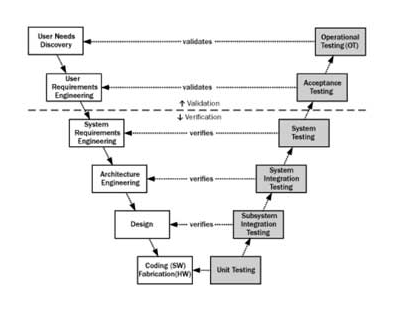Software technical reviews can be very useful in testing a new software. The most useful part of this is that it does not include the producer or fixing any code, only reporting bugs in code.
It starts with a meeting to figure out what the producer an supervisor want out of the meeting. The next part is getting together a team of reviewers to actually conduct the meeting, this does not invlude the producer or supervisor.
When the meeting is conducted a team leader is chosen as well as a recorder and reviewers. The team leader is responsible for organizing the meeting as well as the information given from the reviewers. The recorder takes notes througout the meeting. The reviewers review the product before the meeting and will discuss issues found during the meeting.
Once the meeting is complete a final review sheet is given to the supervisor. This consists of all the bugs found and what line and the severity. During the meeting none of these bugs should try to be solved, only reported.
From the blog CS@Worcester – Software Testing by kyleottblog and used with permission of the author. All other rights reserved by the author.

